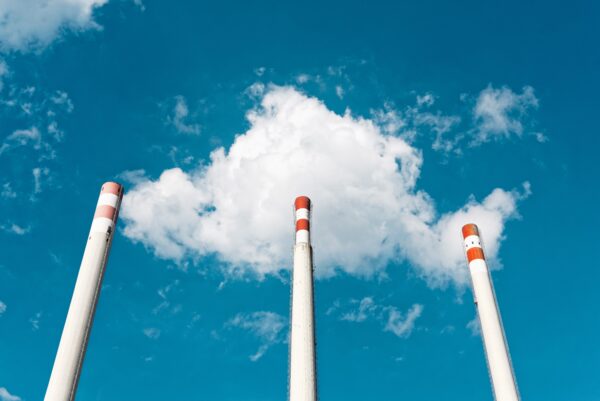On April 23, the Working Group for the Review of Coal-fired Power Generation, a deliberation council of the Ministry of Economy, Trade and Industry (METI), announced that they have compiled an interim report (in Japanese) on a coal “fade-out” toward 2030.
At this consultation, group members discussed how to maintain a stable electricity supply and implement regulatory measures to fade-out inefficient domestic coal-fired power plants by 2030. However, the policy direction indicated from the results of this discussion is fully inadequate to avoid the climate crisis, for the following reasons:
1. A benchmark index for coal only will be established
◆The problem◆ A new benchmark does not promote the complete phase-out of coal-fired power plants by 2030
Beside an existing benchmark for thermal power generation (coal, oil, and LNG), a new benchmark only for coal-fired power plants will be established. While at first glance this may seem like a step forward, in reality it is just in line with the current energy mix of 26% coal in 2030. The deliberation council believes that a coal fade-out can be steadily advanced from the current coal-fired power ratio of 32% (of which inefficient coal-fired power is 16%) simply by changing the composition of the indicators, and through regulatory measures under the Energy Conservation Law (curbing inefficient coal-fired power plants) and guided measures in the capacity market (promoting capacity reduction of power plants). With this new benchmark approach, it is impossible to achieve the phase-out of coal-fired power plants by 2030 required for G7 countries, and it is far from the level requested by the international community.
2. Power generation efficiency target of 43% set as new standard
◆The problem◆ Setting a power generation efficiency standard is unrelated to CO2 emission reductions
As long as coal is used as fuel in a power plant, a large amount of coal will still be burned, and a reduction in greenhouse gas emissions is not guaranteed, even if the power generation efficiency is increased. Therefore, setting higher efficiency standards for coal does not help in reducing CO2 emissions. Under this new policy, power suppliers are required to maintain 43% efficiency on average for their coal-fired power plants, but it is possible to make overall efficiency appear higher than it is by including biomass mixed-combustion in calculations. For this reason, new efficiency standards may not lead to a substantial reduction of coal-fired power plants.
3. Accelerating biomass co-combustion
◆The problem◆ It is possible to increase non-sustainable biomass co-combustion
In order to achieve the above power generation efficiency target, standards have been set that can allow the impression of improved efficiency by co-firing biomass with coal. However, there are many cases where not only would biomass not be carbon-neutral, but due to deforestation, would become a source of emissions. There is concern that this system will provide incentive for biomass co-firing and will dramatically increase the use of imported biomass, which is unsustainable and does not reduce CO2 emissions. Additionally, the fact that life cycle CO2 emitted during the production of biomass overseas and CO2 generated during domestic processing and transportation are not taken into consideration is a significant problem.
4. New consideration of ammonia/hydrogen co-combustion
◆The problem◆ Ammonia and hydrogen should not be used to prolong the life of coal-fired power plants
Expectations are rising for the use of hydrogen and ammonia as new sources of energy. However, introducing calculation methods that make the power generation efficiency of thermal power plants appear higher through the co-combustion of hydrogen and ammonia, technologies expected to be developed in the future, is a significant problem. Demonstration experiments of ammonia co-combustion have been conducted, but this technology has not yet been used in commercial generation. Moreover, despite the fact that hydrogen and ammonia can be produced from fossil fuels such as coal, oil, and gas, no distinction is made regarding the process in this new policy, stating “from the perspective of technological dissemination, it does not matter whether ammonia or hydrogen is carbon-free (blue or green).” This is completely ineffectual as a countermeasure against climate change, and ignoring how much CO2 is emitted during the production and transportation of energy as long as it reduces domestic CO2 emissions is simply irresponsible behavior for a member of the international community.
As described above, the policy at the center of the new regulatory measures is not in line with the global trend toward a complete coal exit. If Japan pursues measures based on this policy, it will not be able to progress at the speed required to avoid the climate crisis. What is needed now is for Japan to move into action for a coal phase-out as quickly as possible.
References:

